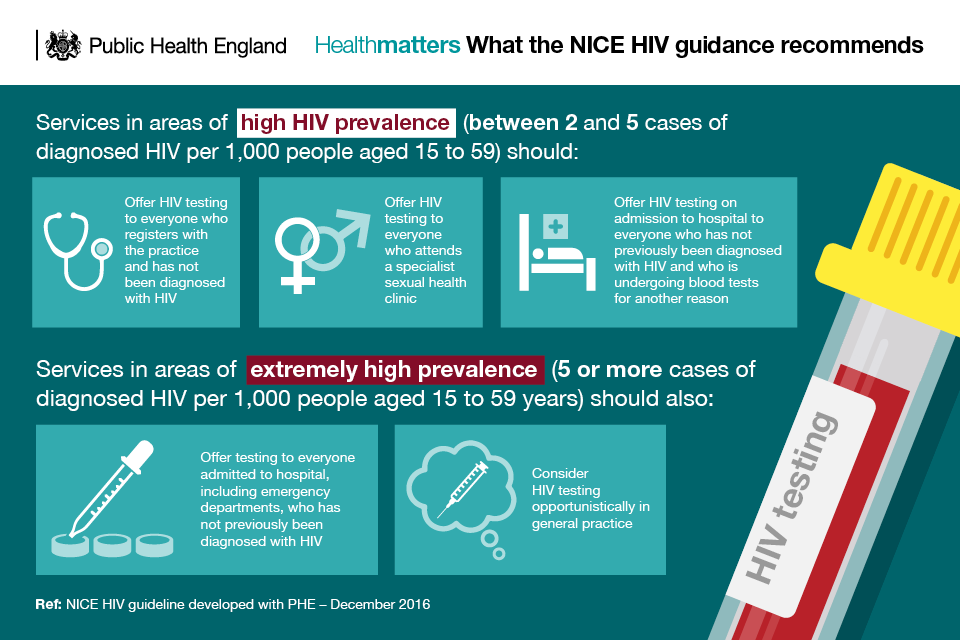OraQuick Rapid HIV Test for Oral Fluid
Frequently Asked Questions
What’s the significance of the FDA’s approval of the OraQuick rapid HIV test for oral fluid in March of 2004?
The FDA has approved the OraQuick Advance HIV Antibody Test for use with oral fluid and for use on plasma specimens. Until now, the test, manufactured by OraSure Technologies, Inc., was approved only for whole blood specimens. This is the only rapid HIV test to be approved in the US by the FDA for use with oral fluid.
What’s the difference between this test and the OraQuick Rapid HIV-1 Antibody Blood test approved in November 2002? The FDA approved the new version of the test for the detection of HIV-2 antibodies and for use with additional types of specimens. Until now, the OraQuick rapid HIV antibody test required a whole blood specimen, either from a fingerstick or a tube of blood. The OraQuick Advance test can now be used with oral fluid specimens taken from the mouth, with plasma, and with whole blood. Additionally, the new version of the test can be performed in a wider range of operating temperatures (59°F to 99°F).
Is the OraQuick test a saliva test?
No. The test uses oral fluid, which is slightly different from saliva. To perform the test, the person being tested for HIV gently swabs the device completely around the outer gums, both upper and lower, one time around and inserts it into a vial containing a developer solution. After 20 minutes, the test device will indicate if HIV antibodies are present in the solution by displaying two reddish-purple lines in a small window in the device. This test is not yet available for home use.
What does a reactive or preliminary positive result mean?
A reactive HIV test result on oral fluid is a preliminary positive and needs to be confirmed by an additional, more specific test to verify whether HIV antibodies are present.
How well does the test work?
In the clinical studies by the manufacturer, the OraQuick oral fluid test correctly identified 99.3% of people who were infected with HIV (sensitivity) and 99.8 % of people who were not infected with HIV (specificity). The Food and Drug Administration expects clinical laboratories to obtain similar results.
Who can perform the OraQuick oral fluid rapid HIV test?
The OraQuick rapid HIV test for use with blood was waived under the Clinical Laboratory Improvements Amendments of 1988 (CLIA) in January 2003, and waived for use with oral fluid in June 2004. A waived test can be used in any facility with a CLIA certificate, rather than only in traditional laboratories. As such, a waived test can be used in many non-clinical settings.
Will the test for oral fluid be sold over the counter?
No, the OraQuick test, either for oral fluid or blood specimens, is restricted for use by trained persons. However, if waived, the oral fluid test could be performed by trained persons in the home setting as a part of partner notification or HIV prevention outreach activities.
What are the advantages of testing oral fluid rather than blood?
The approval for oral fluids will provide a safe, accurate, and rapid HIV test for persons who don’t like to have blood drawn. In addition, health care workers face a much lower risk of exposure to infectious diseases from oral fluid than from blood. Contact with saliva has never been proven to result in HIV transmission.
Are there disadvantages to testing oral fluid rather than blood?
As when used on blood, the OraQuick test device can quickly and reliably detect antibodies to HIV in oral fluid. It can be stored at room temperature, requires no specialized equipment, and takes the same amount of time to process (20 to 40 minutes). However, it has slightly lower sensitivity and specificity than when used with blood. In particular, testing programs can expect more false positive results with oral fluid than with blood. As with the blood test, an additional specimen must be collected for confirmatory testing of persons who test preliminarily positive.
Can the new oral fluid test detect antibodies to both HIV-1 and HIV-2?
The OraQuick test is approved to detect antibodies to HIV-1 and HIV–2 when used with blood, oral fluid, and plasma. (HIV-2 is a variant of HIV that is prevalent in parts of Africa but rarely found in the United States).
Has the test been approved to screen blood donors?
No. The OraQuick test should not be used to screen blood donors.
If you are interested in getting tested this way, talk to your health care provider about the possibility. Rapid testing makes an enormous difference for someone who suspects they will test positive and do not want to wait for blood test results.
Remember, antibodies may not appear until three to six months after infection with HIV. OraQuick does not test your saliva, but fluid from the cheek and gum. To date, HIV is not known to be transmitted by saliva.
(Source: CDC – Centers for Disease Control and Prevention) .
- For information on HIV Home testing, see that page…
- What is HAART?
Resources on the Web:
Centers for Disease Control (CDC) National AIDS Hotline (toll-free, Eastern time):
- English service: 1-800-342-2437 (7 days a week, 24 hours a day)
- Spanish service: 1-800-344-7432 (daily 8 a.m. to 2 a.m.)
- TDD service for the deaf: 1-800-243-7889 (10 a.m. to 10 p.m., M-F) August 2004
